| | Objective
Improve environmental and economic efficiency of farm management practices by varying inputs within farm fields using landscape segmentation.
Results
Developed a landscape segmentation model in association with Agriculture and Agri-Food Canada and LandMapper Environmental Solutions (MacMillan et al, 2000). Measured up to 40% more nitrate-N in lower slope positions as compared with upper slope positions on rolling topography on a Dark Brown soil, (Coen et al, 1999). Strip trials of varying N fertilizer rates in 1996 showed that reduced amounts of N up to (40 % less) were needed at lower slopes as compared with upper slopes (Nolan et al, 1998).
Implications
Improved technology allows us to vary farm inputs and address environmental problems due to over-application of fertilizer. Applying optimal N rates according to landscape class at our study site would reduce N inputs to the lower slope areas where N losses to leaching and denitrification are most likely. In 1996, this practice also showed an economic benefit of 3-11 $/ac when compared with uniform rates of N application (Nolan et al, 1998).
Other applications
The soil landscape model we helped to develop has been used for studies addressing reduced herbicide inputs (Linda Hall and Ty Faechner, AAFRD). The model can be linked to the AGRASID digital soils data providing a basis for customized soil mapping and dealer training to identify areas with similar production potentials (Coen et al, 2000). A private industry initiative called Soil Variability Analysis to Enhance Crop Production (SVEACP) uses the model as a basis to direct soil sampling and variable nutrient management. The model is also being used in two University of Alberta PhD studies.
Project Components
Terrain analysis
- Differential Global Positioning Systems (DGPS) used to collect elevation every 5 m.
- Digital elevation model (DEM) created using a Geographic Information System (GIS). Slope, curvature, etc. used to classify DEM into landscape segments (eg. water collecting, water shedding).
- Landscape segmentation model tested by soil sampling (Coen et al, 1999).Variability in soil properties was significantly reduced by landscape segmentation. Up to 40% more nitrate (NO3) was measured at lower slopes (Fig. 1).
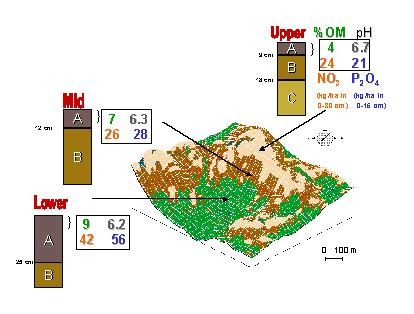
Figure 1. Soil properties by landscape segment
Yield mapping
- Variable yields within farm fields mapped with instantaneous yield monitors coupled with DGPS (Fig. 2).
- Verified yield measurements with small plot combine harvesters. Data anomalies reduced using GIS (eg. buffering).
- Yield variability within landscape model segments analyzed using GIS. Variability in yield was reduced by segmentation. (Coen et al, 1999). Lowest yields measured in upper landscape segments at this study site. This result varied at other sites.
- Landscape segmentation accounted for more yield variability than air photo interpretation or a producer map (Nolan et al, 2000).
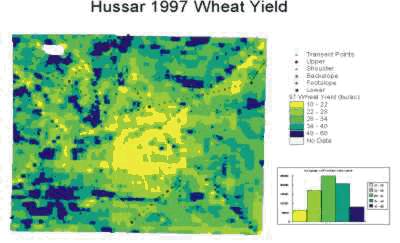
Figure 2. Map of yield wheat yield variability
Crop response to nitrogen (N) fertilizer
- Field-scale strip trials of different rates of N fertilizer were laid across landscape segments (Fig. 3) on rolling topography in Dark Brown soil in 1995 and 1996.
- Yield monitor data were analyzed by fertilizer and an earlier version of landscape segmentation after Pennock et al, 1987, using GIS.
- Crop response to N statistically separable by Pennock's landscape segment (Fig. 4). Optimal rate for footslopes up to 40% less than for shoulderslopes in 1996 (Nolan et al, 1998).
- Additional profit of applying N variably according to landscape position would have been 3-7 $/ac in 1996, and up to 11$/ac in 1995. This does not include the cost of the variable rate equipment (Nolan et al, 1998).
- Developed prescription map of variable N rates for 1996 canola crop (Fig. 5), retroactively..
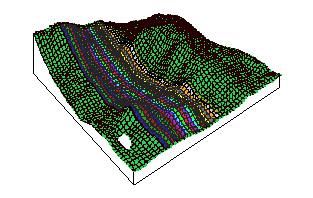
Figure 3. Fertilizer strips in our test field near Hussar, Alberta 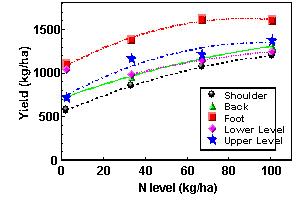
Figure 4. Canola yield response to N within landscape classses at Hussar in 1996 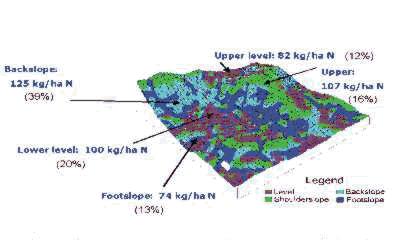
Figure 5. Optimum N rates (highest profitability) for different landscape positions for 1996 canola crop
References
Coen, G.M., W.W. Pettapiece, T.W. Goddard, S.C. Nolan, R.A. MacMillan (eds). 1999 Landscape Analysis For Precision Farming and Model Application: Final Report. Agriculture and Agr-Food Canada internal report. Lethbridge.
MacMillan, R.A., Pettapiece, W.W., Nolan, S.C and Goddard, T.W. 2000. A generic procedure for automatically segmenting landforms. J. Fuzzy Sets and Systems, IEEE (in press). Fuzzy Sets and Systems, March 2000, volume/issue 113/1.pages: 81-109.
Nolan, S.C., Goddard, T.W., Penney, D.C. and Green, F.M. 1998. Yield response to nitrogen within landscape classes. In Press Proc. 4th Int'l Conf. on Precision Agriculture. ASA, CSSA, SSSA, Madison, WI.
Nolan, S.C., Goddard, T.W., Lohstraeter, G. and Coen, G.M. 2000. Assessing management units on rolling topography. Precision Agriculture: Proc. 4th Int’l. Minneapolis, MN. July 16-19, 2000 ASA, CSSA, SSSA, Madison, WI. (In press)
Pennock, D.J., Zebarth, B.J. and de Jong, E. 1987. Landform classification and soil distribution in hummocky terrain, Saskatchewan, Canada. Geoderma. 40: 297-315.
This information is provided by Sheilah Nolan , Conservation and Development Branch, Alberta Agriculture, Food and Rural Development (AAFRD) |
|